4-Hydroxyisophthalic acid
Modify Date: 2024-01-03 09:23:57
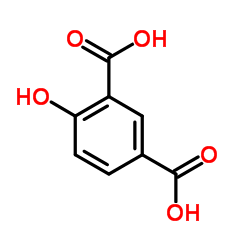
4-Hydroxyisophthalic acid structure
|
Common Name | 4-Hydroxyisophthalic acid | ||
|---|---|---|---|---|
| CAS Number | 636-46-4 | Molecular Weight | 182.130 | |
| Density | 1.6±0.1 g/cm3 | Boiling Point | 447.5±40.0 °C at 760 mmHg | |
| Molecular Formula | C8H6O5 | Melting Point | >300°C | |
| MSDS | Chinese USA | Flash Point | 238.6±23.8 °C | |
| Symbol |


GHS05, GHS07 |
Signal Word | Danger | |
| Name | 4-Hydroxyisophthalic acid |
|---|---|
| Synonym | More Synonyms |
| Density | 1.6±0.1 g/cm3 |
|---|---|
| Boiling Point | 447.5±40.0 °C at 760 mmHg |
| Melting Point | >300°C |
| Molecular Formula | C8H6O5 |
| Molecular Weight | 182.130 |
| Flash Point | 238.6±23.8 °C |
| Exact Mass | 182.021530 |
| PSA | 94.83000 |
| LogP | 2.09 |
| Vapour Pressure | 0.0±1.1 mmHg at 25°C |
| Index of Refraction | 1.666 |
CHEMICAL IDENTIFICATION
HEALTH HAZARD DATAACUTE TOXICITY DATA
|
| Symbol |


GHS05, GHS07 |
|---|---|
| Signal Word | Danger |
| Hazard Statements | H302-H318 |
| Precautionary Statements | P280-P305 + P351 + P338 |
| Hazard Codes | Xi |
| Risk Phrases | R36/37/38 |
| Safety Phrases | S26-S36/37/39 |
| RIDADR | NONH for all modes of transport |
| RTECS | NT2544000 |
| HS Code | 2918290000 |
| Precursor 9 | |
|---|---|
| DownStream 9 | |
| HS Code | 2918290000 |
|---|---|
| Summary | HS: 2918290000 other carboxylic acids with phenol function but without other oxygen function, their anhydrides, halides, peroxides, peroxyacids and their derivatives Tax rebate rate:9.0% Supervision conditions:AB(certificate of inspection for goods inward,certificate of inspection for goods outward) VAT:17.0% MFN tariff:6.5% General tariff:30.0% |
|
A catabolic plasmid involved in 4-methyl-o-phthalate and 4-hydroxy-iso-phthalate degradation in Pseudomonas cepacia.
FEMS Microbiol. Lett. 57(3) , 323-8, (1990) Genes involved in 4-methyl-o-phthalate and 4-hydroxy-iso-phthalate catabolism reside on a 226-232 kbp catabolic plasmid termed MOP. This was confirmed by transformation and conjugation into an isogeni... |
|
|
[In vitro study of the mechanism of the platelet anti-aggregant action of picotamide (G 137)].
Boll. Soc. Ital. Biol. Sper. 59(3) , 309-15, (1983)
|
|
|
[In vitro study of the effects of various 4-hydroxyisophthalic acid derivatives on human platelet aggregation].
Boll. Soc. Ital. Biol. Sper. 59(3) , 302-8, (1983)
|
| 4-Hydroxyisophthalic acid |
| MFCD00010391 |
| 4-Hydroxy-1,3-benzenedecarboxylic acid |
| 1,3-Benzenedicarboxylic acid, 4-hydroxy- |
| 4-Hydroxybenzene-1,3-dicarboxylic acid |
| EINECS 211-258-0 |
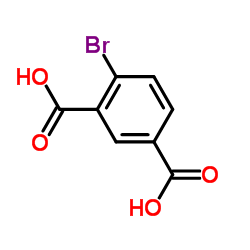 CAS#:6939-93-1
CAS#:6939-93-1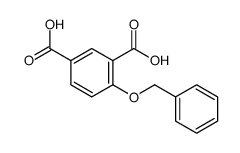 CAS#:63296-13-9
CAS#:63296-13-9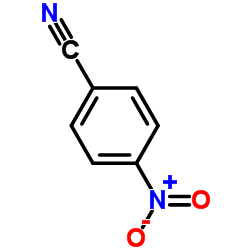 CAS#:619-72-7
CAS#:619-72-7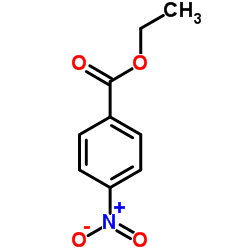 CAS#:99-77-4
CAS#:99-77-4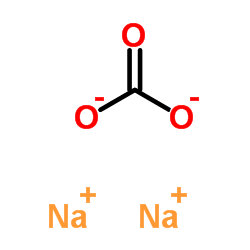 CAS#:497-19-8
CAS#:497-19-8 CAS#:201230-82-2
CAS#:201230-82-2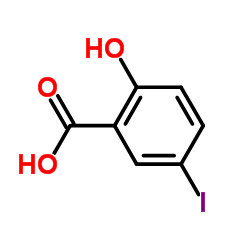 CAS#:119-30-2
CAS#:119-30-2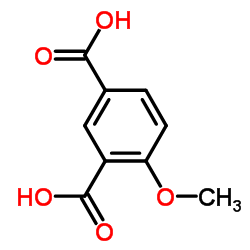 CAS#:2206-43-1
CAS#:2206-43-1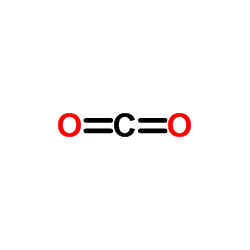 CAS#:124-38-9
CAS#:124-38-9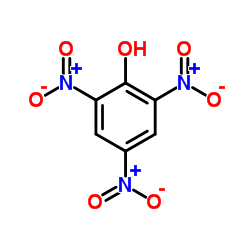 CAS#:88-89-1
CAS#:88-89-1 CAS#:616-76-2
CAS#:616-76-2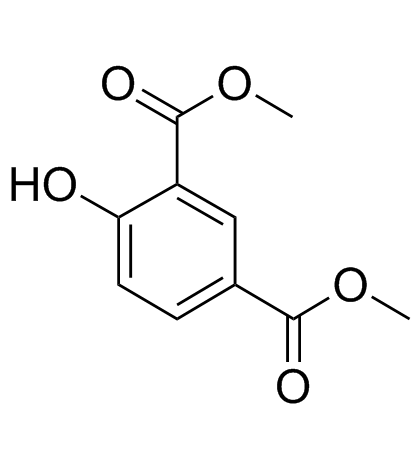 CAS#:5985-24-0
CAS#:5985-24-0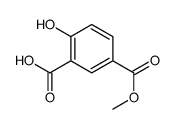 CAS#:79128-78-2
CAS#:79128-78-2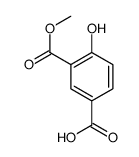 CAS#:41684-11-1
CAS#:41684-11-1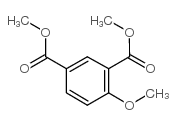 CAS#:22955-73-3
CAS#:22955-73-3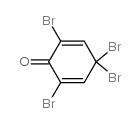 CAS#:20244-61-5
CAS#:20244-61-5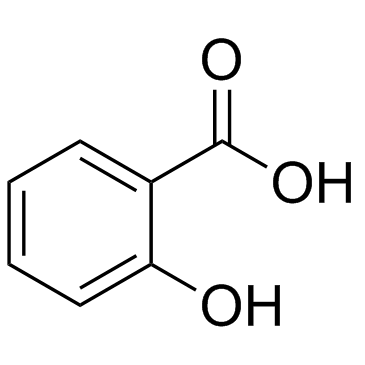 CAS#:69-72-7
CAS#:69-72-7